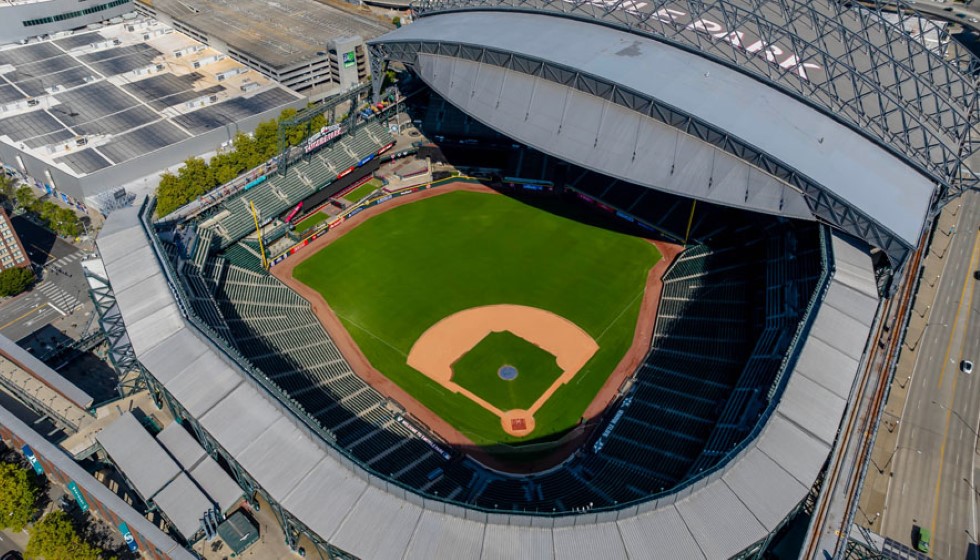
With spring training knocking at the door, the Baltimore Orioles are reconfiguring their roster to make significant strides in the upcoming season. In an era where financial dynamics and team objectives frequently shift, the Orioles are unwavering in their ambition to strengthen their roster, leveraging both the free-agent and trade markets.
Baltimore Orioles: A Mix of Strategy and Ambition
As part of their strategic maneuvers, the Orioles have snapped up Charlie Morton, whose experience and prowess on the mound are expected to bolster their pitching rotation. The team remains in active pursuit of additional talent, eyeing a frontline starter to complement Morton, an experienced reliever to fortify their bullpen, and a versatile bench player who can provide depth across various positions.
Despite these ambitions, the team must tread carefully regarding their payroll. The Orioles are projecting their payroll for 2025 to be approximately $136 million, a pivotal increase from last year's Opening Day payroll of $93 million. However, it still falls short of the $148 million earmarked for Opening Day in 2016. This budgetary strategy underscores the Orioles' calculated approach to building their squad while managing financial constraints.
Providing robust financial backing is their new billionaire owner, David Rubenstein, whose investment might offer the Orioles added leeway as they navigate the complexities of the modern baseball economy.
The International Market: Roki Sasaki Joins the Conversation
Amid the Orioles' restructuring, the international market offers compelling opportunities. Japanese pitcher Roki Sasaki, ranked as the seventh-best free agent this offseason, emerged as a hot topic. Despite the intense interest, including meeting with major teams like the Cubs, Dodgers, Giants, Mets, Padres, Rangers, and Yankees, the Red Sox notably did not hold an in-person meeting with him.
Sasaki's situation is marked by a peculiar limitation; due to international bonus pool rules, he can only sign a minor-league contract with a signing bonus capped at $10 million. His potential signing intertwines with the international signing period, which opens on January 15 and closes on January 23, setting the stage for negotiations to reach their climax.
St. Louis Cardinals: A Tactical "Reset"
Parallel to the Orioles' recalibrations, the St. Louis Cardinals are undergoing a transitional phase, described as a "reset" by their President of Baseball Operations, John Mozeliak. This shift signifies a focused effort to enhance their bullpen, as they seek a robust late-inning reliever to reinvigorate their pitching staff.
In pursuit of this goal, they are exploring the market for available veteran relievers, with names such as Kenley Jansen, David Robertson, and Kirby Yates still on the board. Additionally, free agents Jeff Hoffman and Tanner Scott, ranked Nos. 24 and 27 respectively, remain unsigned and present viable options to strengthen the Cardinals' bullpen.
Mozeliak's strategic intent to bolster the bullpen indicates a commitment to transitioning effectively, ensuring that the Cardinals remain competitive in a landscape where resilience and adaptability are key.
Navigating an Evolving Baseball Landscape
In conclusion, both the Baltimore Orioles and the St. Louis Cardinals are maneuvering with precision and tenacity in an off-season accentuated by strategic calculated risks. With the Orioles aiming to advance from an already reduced payroll base and the Cardinals orchestrating a deft reset, both franchises are poised to confront the challenges of the impending season with renewed vigor and ambition. Such movements are reflective of broader trends in Major League Baseball, where success demands both a keen eye for talent and a strategic approach to financial management.